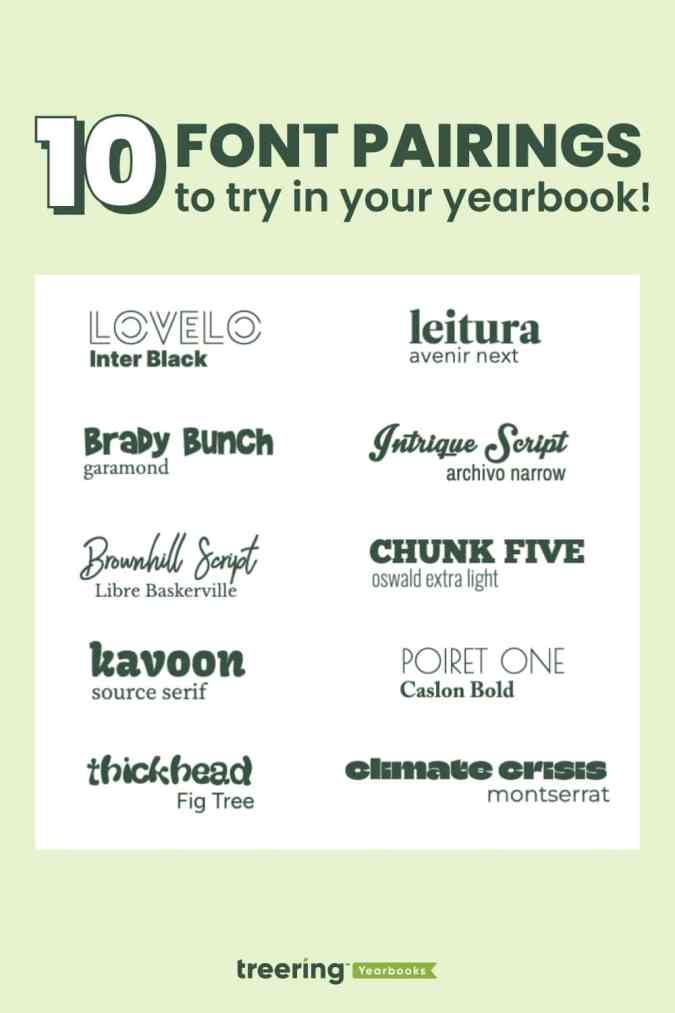
Erikalinpayne
May 20, 2025
2
Min Read Time

When beginning to develop your yearbook theme, the choice of a traditional or trendy theme determines the layout design and the overall feel of the book. Many see traditional and trendy as opposing ends of a design spectrum. We hope to show you how you can fuse them as you create your yearbook theme.
Traditional yearbooks can be timeless. Their design structure is safe and predictable, easing readers through each turn of the page. Their appeal is not limited to students: parents, teachers, and alumni also feel included.
When following traditional design, design elements such as consistency, repetition, alignment, and proximity bring beauty and order to the design. Everything has a place and a purpose.
Some may argue that traditional design takes away from creative freedom, and they opt for the opposite: a yearbook led by a visual trend.
Inspired by a new social media platform or pop culture movement, trendy yearbook themes can be the creative equivalent of a blank check. Graphics and layouts can be playful, dynamic, buzzworthy, or a combination of all three! The immediate response from the student body is reactive, in a good way, because a trendy theme is an in-the-moment one.
Beyond hashtag sensations, fashion and art trends may drive the visual concept. Retro, scrapbook, and organic yearbook themes capture the spirit of students. Each conceptually has an authentic vibe and pushes traditional design norms by being more aligned with a DIY ethos.
Because they are deeply connected with a visual concept, they may not be fully developed verbally, leaving the theme concept feeling unfinished. While trendy yearbook themes immediately connect with the student body, they may also quickly feel outdated.
Take a look at these three tech-inspired Treering themes. Each captures a specific moment over the past ten years: the advent of "likes," virtual classrooms, and a glow up.
The best way to select a visual identity is to begin with the verbal. What story do you want to tell? Why?
Think about longevity and what value you want the yearbook to have in ten years or more. Determine if you want to create another volume in your school’s legacy or capture a specific moment.
A traditional book can feel dull with page after page of safe design. Conversely, a trendy book without proper hierarchy and balance feels chaotic. That’s why we advocate for trend-forward with timeless structure; it’s the Hannah Montana of yearbooks. Traditional design grounds the book, and trends bring it to life.
1. Font pairings: Use contrast to create your headlines

2. Color palette: Add a pop of color to a traditional color palette
3. Visual “hits”: Use up to three elements throughout the book to add variation

4. Showstopper spreads: Punctuate portrait pages with a highly visual spread
5. Trending treatment: Add a photo treatment to break up a traditional layout

Keep in mind, great design never goes out of style. And, when paired with quality captions and copy to tell the story of the year, that’s what makes your yearbook stand the test of time.